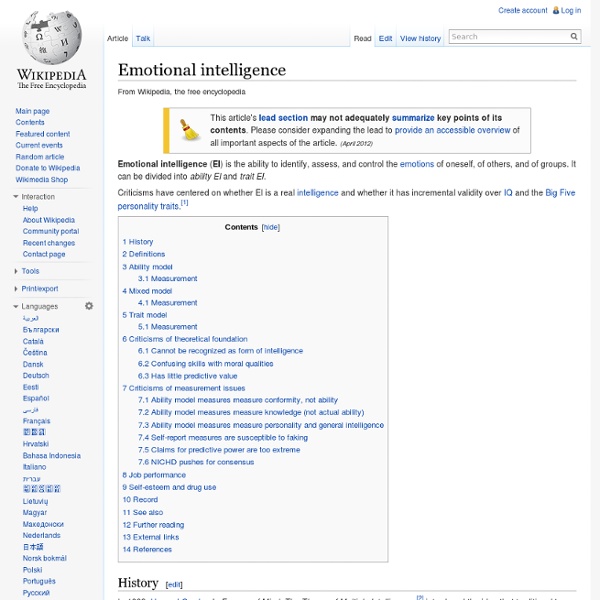Designing conference posters » Colin Purrington
A large-format poster is a big piece of paper or wall-mounted monitor featuring a short title, an introduction to your burning question, an overview of your novel experimental approach, your amazing results in graphical form, some insightful discussion of aforementioned results, a listing of previously published articles that are important to your research, and some brief acknowledgement of the tremendous assistance and financial support conned from others — if all text is kept to a minimum (less than a 1000 words), a person could fully read your poster in 5-10 minutes. Section content • DOs and DON’Ts • Adding pieces of flair • Presenting • Motivational advice • Software • Templates • Printing • Useful literature • Organizing a poster session What to put in each section Below, I’ve provided rough tips on how many words each of these sections might have, but those guesses are assuming you have a horizontal poster that is approximately 3×4′. Adjust accordingly.
Practicing Certain Poses Creates a Sense of Power
When suiting up with that “power tie,” you may also want to strike a pose – a power pose, that is. New research indicates that holding a pose that opens up a person's body and takes up space will alter hormone levels and make the person feel more powerful and more willing to take risks. "These poses actually make you more powerful," said study researcher Amy C.J. Cuddy, a social psychologist at the Harvard Business School.
Emotional Intelligence theories
This webpage is a new format for mobile/small screens. Please send your feedback if it fails to operate well. Thanks. emotional intelligence theory (EQ - Emotional Quotient)
The sketchnote revolution « Dachis Group Collaboratory
I’ve got an idea for a new year’s resolution: Join the sketchnote revolution. Sketchnotes are a visual form of note-taking that can include drawings, various lettering sizes and styles, color, icons, arrows, boxes and more — whatever works for you. I’d say that sketchnoting is officially a movement — maybe you’ve seen some from SXSWi or other conferences.
Power Posing: Fake It Until You Make It
We can't be the alpha dog all of the time. Whatever our personality, most of us experience varying degrees of feeling in charge. Some situations take us down a notch while others build us up.
Is Emotional Intelligence Overrated? Forget IQ versus EQSix Seconds
After 100 years of research, there’s little agreement on the definition of intelligence or how to measure IQ. Yet Adam Grant insists cognitive skill trumps all, and “Emotional Intelligence Is Overrated.” His critique is wrong, but important. His latest post on LinkedIN is a follow up to his Atlantic piece on “The Dark Side of Emotional Intelligence,” where he warns it’s risky to develop emotional competence. For example, he even speculates that Hitler used emotional intelligence to manipulate people into a frenzy of mindless loyalty. Framing this as “IQ versus EQ” demonstrates neither.
Resources for GRADEpro
HELP files We highly recommend using the HELP files found in the GRADEpro software. The HELP files provide specific information to create Summary of Findings (SoF) Tables and use the GRADE approach to grade the quality of the evidence.
Embodied cognition
In philosophy, the embodied mind thesis holds that the nature of the human mind is largely determined by the form of the human body. Philosophers, psychologists, cognitive scientists, and artificial intelligence researchers who study embodied cognition and the embodied mind argue that all aspects of cognition are shaped by aspects of the body. The aspects of cognition include high level mental constructs (such as concepts and categories) and human performance on various cognitive tasks (such as reasoning or judgment). The aspects of the body include the motor system, the perceptual system, the body's interactions with the environment (situatedness) and the ontological assumptions about the world that are built into the body and the brain.
The Importance of Emotional Intelligence in the Workplace
By Mike Poskey, ZERORISK HR, Inc. Emotional Intelligence Quotient, or EQ, is a term being used more and more within human resources departments and which is making its way into executive board rooms. This article will help shed some light on what EQ is, how it is different than personality, and how it has proven to impact the bottom line in the workplace. What is Emotional Intelligence?



